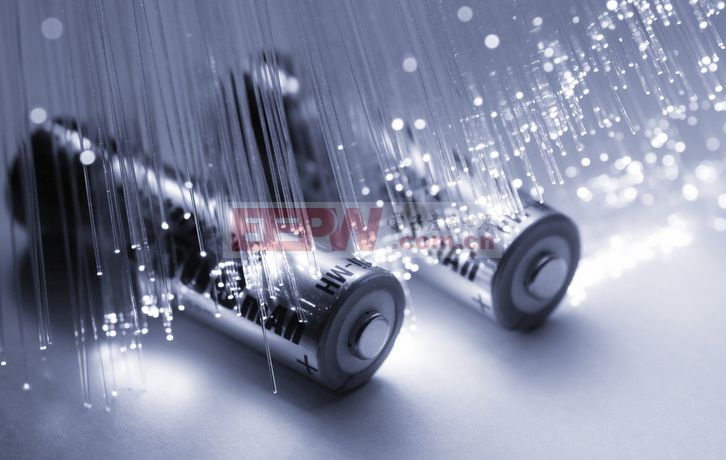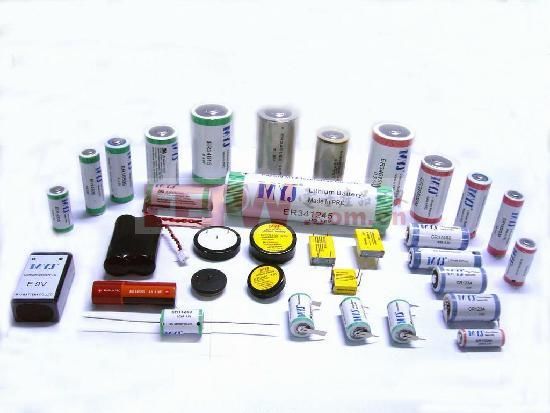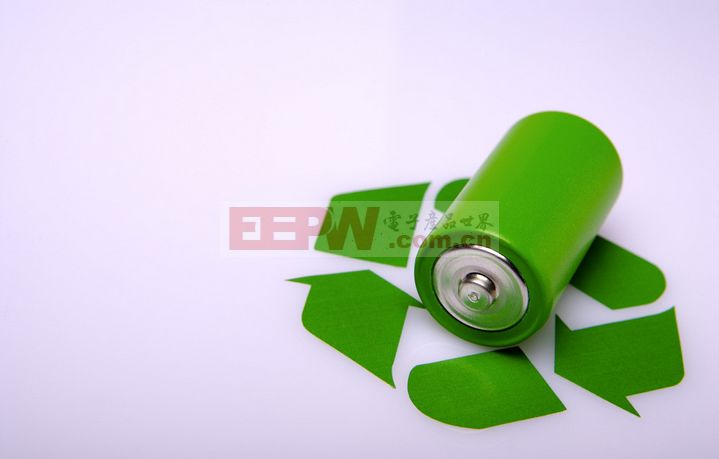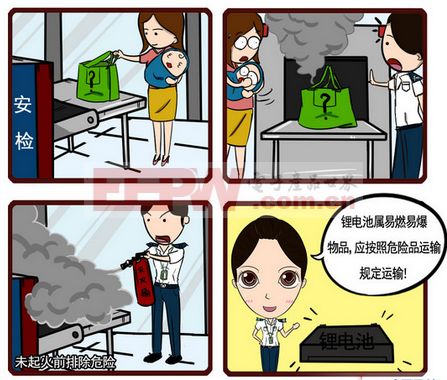REVIEW: What is our common lithium battery smart phone battery belongs to lithium batteries, lithium batteries then what principle is it that we should be how to buy it???
First, the principle of lithium battery - - Introduction
Lithium battery is a kind of battery which was invented by Edison and used lithium metal or lithium alloy as negative electrode material and uses non-aqueous electrolyte solution. Its working principle is a redox reaction of Li+MnO2=LiMnO2. Due to the very active chemical properties of lithium metal, it has not been widely used for a long time, but now with the rapid development of science and technology, lithium batteries have gradually become the mainstream.

Second, the principle of lithium battery - - classification
Lithium batteries can be divided into lithium metal batteries and lithium ion batteries. Among them, lithium-ion batteries do not contain lithium in metal state and are rechargeable, and have been widely used in the market; rechargeable lithium metal batteries have also been developed in 1996, and are superior in safety, capacity, and cost performance. Lithium-ion battery, but its own technical requirements are high, the current application is not very extensive.

Third, the principle of lithium battery - - lithium metal battery
A lithium metal battery often uses manganese dioxide MnO2 as a positive electrode material, and uses a lithium metal Li or an alloy thereof as a negative electrode material, and a battery using a nonaqueous electrolyte solution. The chemical equation of the discharge reaction is Li+MnO2=LiMnO2.

Fourth, the principle of lithium battery - - lithium-ion battery
Lithium-ion batteries often use a metal oxide of a lithium alloy as a positive electrode material, a graphite as a negative electrode material, and a battery using a non-aqueous electrolyte solution. The chemical equation of the positive electrode when charging is LiCoO2==Li(1-x)CoO2+XLi++Xe-(electron), the chemical equation of the negative electrode is 6C+XLi++Xe- = LixC6, and the total reaction of the battery during charging is LiCoO2 +6C = Li(1-x)CoO2+LixC6.

Five, lithium battery principle - - positive
Lithium battery cathode material is usually lithium iron phosphate LiFePO4, but it also has a variety of different options, each cathode material and its distinction as shown below. Taking LiFePO4 as an example, the chemical equation of the positive electrode during charging is LiFePO4 → Li1-xFePO4 + xLi+ + xe-, and the chemical equation of the positive electrode during discharge is Li1-xFePO4 + xLi+ + xe- → LiFePO4.

Sixth, lithium battery principle - - negative
The anode material of lithium batteries is usually graphite, but it has been found that titanate may be a better anode material for lithium batteries. Lithium ion is embedded during charging, and the chemical equation of the negative electrode is xLi+ + xe- + 6C → LixC6; lithium ion is deintercalated during discharge, and the chemical equation of the negative electrode is LixC6 → xLi+ + xe- + 6C.

Seven, lithium battery principle - - purchase method
1) Whether there is clear identification capacity: there is a possibility that there is no inferior battery or recycled battery without clear identification capacity (such as 1000mAh or 1000mA);
2) Is there a guaranteed standby time: when the battery quality is unstable, the standby time cannot be guaranteed to the customer;
3) Whether to install a safety protection board: In the absence of a safety protection board, the lithium battery may be deformed, leaked, or even explode.

Lithium battery principle
Portable Wireless Speaker,Mini Wireless Speaker,Custom Bluetooth Wireless Speaker,Waterproof bluetooth speaker,Wholesale bluetooth speakers
Shenzhen Konchang Electronic Technology Co.,Ltd , https://www.konchangs.com